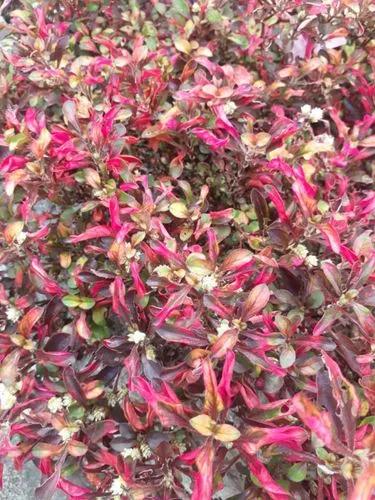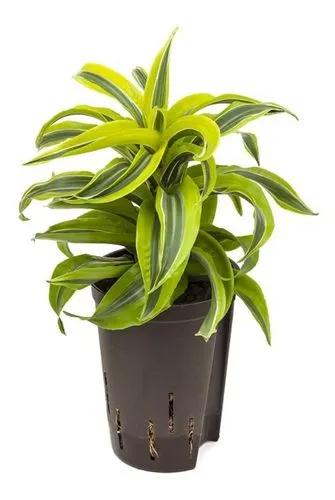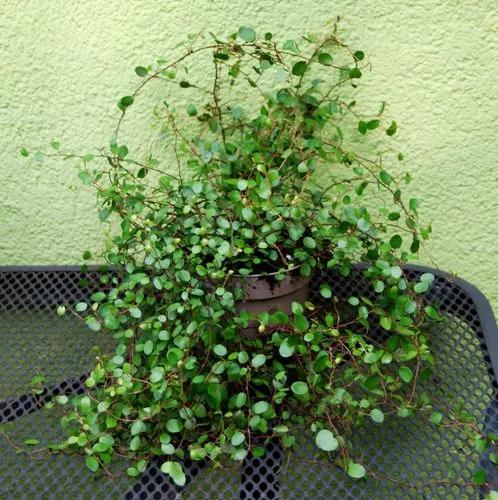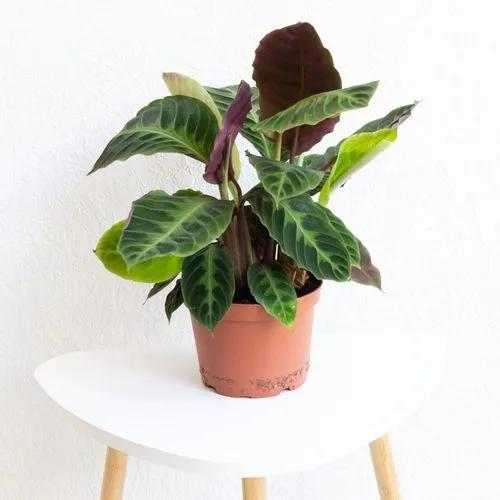Moonlight, a caladium variety from the University of Florida's breeding program, features luminescent white leaves that will brighten any shady spot in your garden or landscape. The main veins are understated and the center tends to be creamy white with pronounced netting near the borders. Individual leaves are lightly frilly, translucent thin and may average 6" or a bit more tall when mature. This caladium is well suited to patio pots - try a red or pink in the center for some flair.. Plant in morning sun or partial shade.
Florida Moonlight Caladiums Care
Caladium 'florida Moonlight'



How to Care for the Plant

Water

When leaves appear on the plant, water as needed to keep the soil evenly moist. Never let the plant dry out. Stop watering the plant when the leaves start to die back. Resume watering when the leave reappear next season.

Fertilizer

Fertilize the plant weekly during the growing season with liquid fertilizer or use slow-release pellets.

Sunlight

The caladium prefers indirect light or moderate shade indoors. The narrower the leaves, the greater the sun it can withstand. Growing them outdoors in containers gives you more control over light conditions. In some climates, container plants can be grown in full sun, with careful monitoring.

Soil

Plant caladium in a rich, well-drained potting mix.

Temperature

The warmer the better. Aim for 70 degrees F, if possible, as that is the temperature at which tubers begin to grow. K

Additional

All parts of the caladium plant are poisonous. Use caution when you have caladiums around children or pets. Ingesting the leaves can cause swelling, eye pain, diarrhea, and vomiting in humans. Pets, including dogs, cats, and horses, can suffer pain and swelling of the mouth, tongue, and lips; excessive drooling; difficulty swallowing; and vomiting (excluding horses).

Popularity

114 people already have this plant 122 people have added this plant to their wishlists
Discover more plants with the list below
Popular articles






